Here’s the setup. About a month ago, a friend asked which of my horses would be best for him to ride. He’d never been on a horse, and because I’m a sadist at heart, I encouraged him to mount up on Nisha. To be clear, Nisha is not the sadist part of this equation. She is quite a reasonable mare, especially at home where she’d prefer to eat and have someone scratch her nipples. The sadist part is wanting to watch someone struggle over the sound of my giggles.
So up my friend went looking dapper with shorts, tennis shoes and my borrowed helmet.

Like most people who’ve only seen riders do their thing from the comfort of a chair, my friend, once mounted, was confused.
“The horse does all the work, the rider just sits there” is a phrase oft spouted by someone who’s never haltered or led a horse from point A to point hay. This sentiment comes crashing down as soon as puckered butt cheeks kiss a saddle.
Giddy with glee because I’m evil, I had him dismount as I got aboard Nisha to show off my lifetime of acquired skills in which I moved Nisha without turning her head or altering the position of my hands.
“How are you doing that?” asked my friend.
Witchcraft is the social media answer. How am I moving this horse other than through what appears to be telepathy? I explained to my friend (keeping him anonymous), how I was using my legs, explaining the aids and that steering a horse is akin to channeling water flow. It’s not as simple as, let’s say, riding a bike.
This became more clear when he struggled with getting Nisha to walk in a straight line, when Nisha dipped her head for a snack of grass and he was helpless to stop her, then life got even more fun (for me) when I encouraged Nisha to trot.
My friend:

As all equestrians know, riding is hard. It is technical, challenging, and heavily reliant on a type of strength that can best be achieved through a lot of riding. Learning never ends, either. Even the professionals still take lessons, still fall, and still have much to learn.
That brings me finally to the listicle heading this post of what every new rider must understand to safely learn horsemanship.
Number one: HUMILITY
The best time to learn how to ride a horse is the best time to learn anything: when you’re a child. Language, balance, hand-eye coordination are acquired between ages toddler to five years old. Our brains are supercharged to pick up skills, we’re not aware enough to be concerned about danger, and our bodies heal fast. Hence young girls ride circles around adult amateurs.
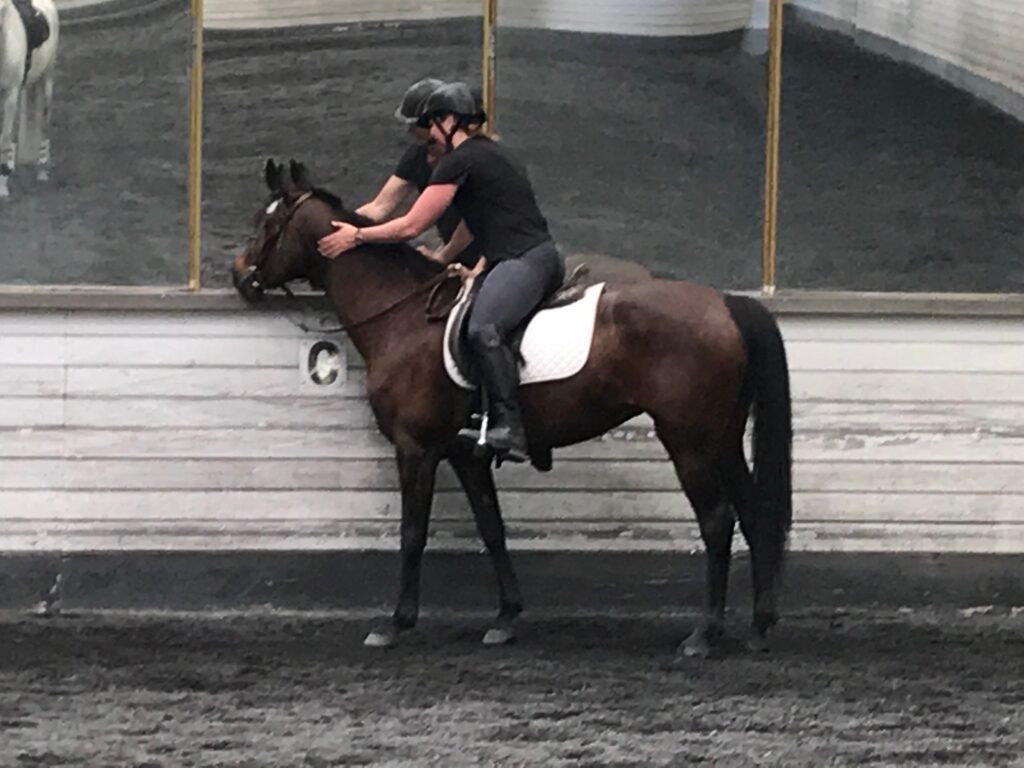
If, however, you’re picking up horses later in life, the number one thing you need is a horse trailer full of humility. You don’t know shit and you won’t know shit for decades. The shit you don’t know can get you killed, paralyzed, or injured. Horses are not machines to be mastered quickly. You cannot read all the books and cram for this test in a few years or months. Movies and television shows lie — you can’t get up on a horse and expect to know how to do anything or for the horse to assist you. All horses are different, all horses feel different, and if you’re not ready to eat dirt for breakfast, lunch and dinner, you’re not cut out for horses.
Number two: PATIENCE
Horses are living, breathing prey animals who’s first instinct is to flee danger. The same way I feel when I get a request to “hop on a quick call.” Humans are predatory animals, horses are prey animals. It is a testament to the kindness of horses that we’ve formed partnerships. They are magnificent, benevolent, patient animals who deserve our utmost care and respect for all they have given us through history. Humans built civilization with the aid of horses. This is the main reason I loathe and detest the mistreatment of these wonderful animals.
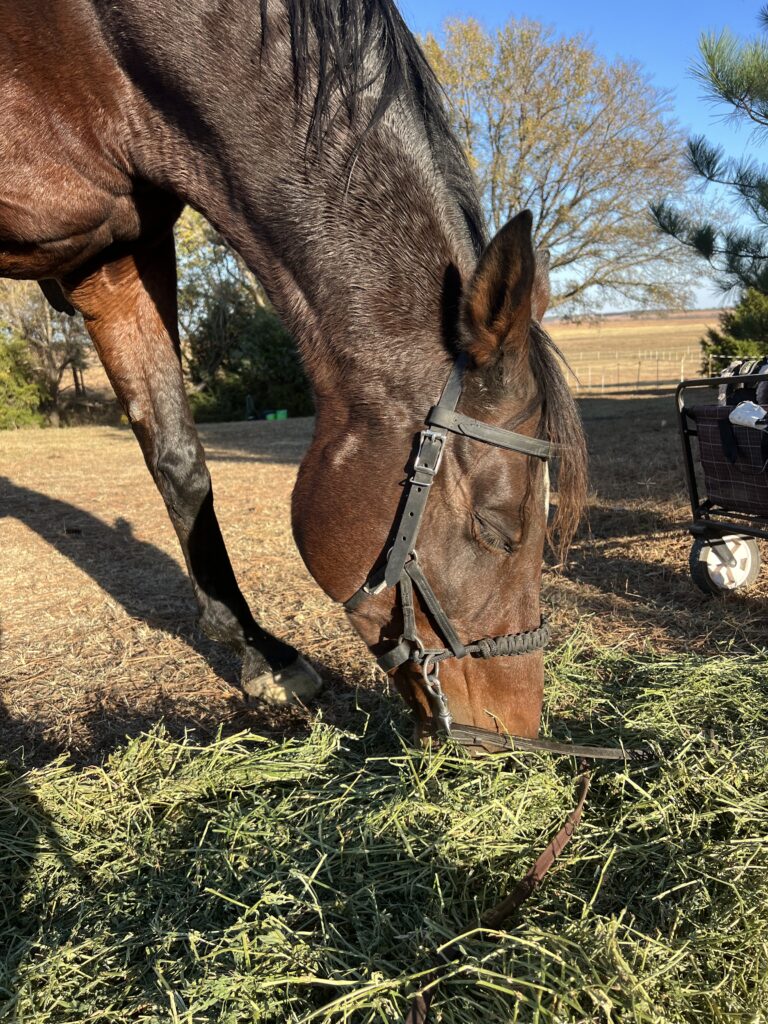
But horses have teeny, tiny brains. They can only understand so much. We, however, have disproportionately large brains for our bodies. Hard to imagine since most of us still misplace the scissors when we just had the scissors two minutes ago. It is therefore incumbent on us to understand horses, to read their cues, to be clear in our communication, and to give them our grace. If you’re new to horses, you will not know what a horse is telling you or how to tell a horse what it is you want them to do. This is where you need a hay barn full of patience as you learn the language of the equine. Know that I’m lecturing myself as much as anyone else. 95 times out of a 100, the horse isn’t “being naughty.” You’re either not communicating well, not communicating right, the horse is in pain, distress, or fear, or completely lacks trust in your ability to lead him.
The five times out of hundred he is being naughty is obvious. You’ll experience this as you’re picking dirt out of the horse’s back feet and he poops on you. That is deliberate.
Number three: ACCOUNTABILITY
The path to horse enlightenment is filled with “It was my fault” said on behalf of the rider. Often times when the rider is face first in a plate of mud.
“I didn’t set him up well, I didn’t give him clear instructions, he wasn’t listening because his heart was pounding out of his chest.”
Who’s fault is it? The human.
Yet I have read many a Reddit posts from new riders frustrated with their lesson horses for not doing what they want. There is no clearer indication that a rider is new than blaming the horse.
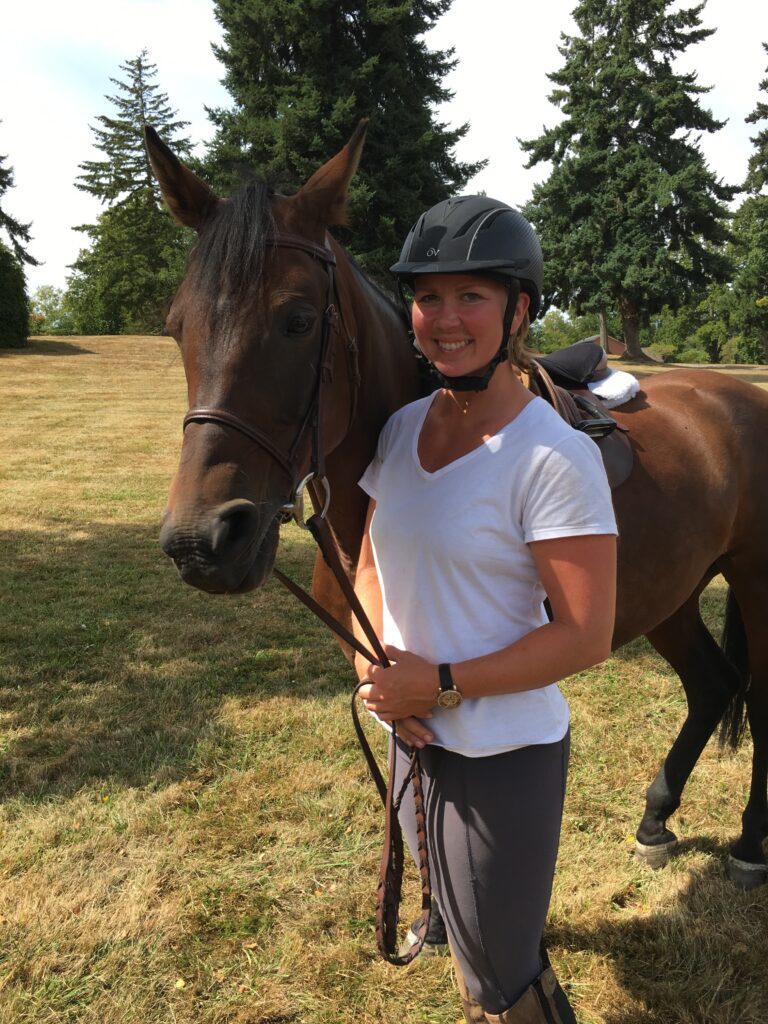
It is almost never the horse. It is almost always the rider. If you can’t accept that, I recommend cycling. There is no group of people more immune to accountability than road cyclists.
A good trainer will scold you for failing or doing something incorrectly. The horse isn’t being stubborn, the horse doesn’t know what the eff you’re asking him to do. You, the human, are learning a new language very late in life. Just as you wouldn’t get mad at a foreigner for not understanding your butchered attempt at their language, so you cannot get mad at a horse for not reading your human mind. If the horse isn’t doing what you’re asking, then you’re not correctly asking. It will take a considerable amount of time to figure things out. And that is entirely on you.
Number four: LISTEN TO WHAT THE HORSE IS TELLING YOU
How are you supposed to listen to a horse if you can’t speak horse? This is fun, right?
Horses have emotions and reactions to those emotions. Understanding what the horse is going through and telling you is pivotal. Never ignore signs of pain or fear, because you could both get seriously injured or killed. Every equestrian knows the feeling of a horse who suddenly goes stiff through his neck and body, his ears pricked forward, his head aloft, heart pounding in his chest. When this happens to you, you’re no longer riding a horse. You’re astride a nuclear warhead, and if you don’t know how to disarm it, you’re f*cked.
A bike, car, rollerblades do not sense danger. A motorcycle will never turn suddenly and bolt in the opposite direction when you come across a plastic bag blowing in the breeze. Horses will. There is no such thing as a spook-less horse. There is no such thing as a “bombproof” horse. They’re animals. They will react to danger appropriately. Sure, some horses’ danger threshold is higher than others, but every horse is afraid of something.
My first horse, Dante, once saw a bear running the opposite way along a tree line. He reacted in rather a boring manner, as if to say “Oh look, a bear…. anyway, can we go home?” But Dante freaked the hell out when he saw a mountain bike take flight. “Bikes are supposed to be rolling on the ground. WTF is it doing up the air like that? Oh hell no, we out.” And suddenly we’re galloping the other way until I could stop him.
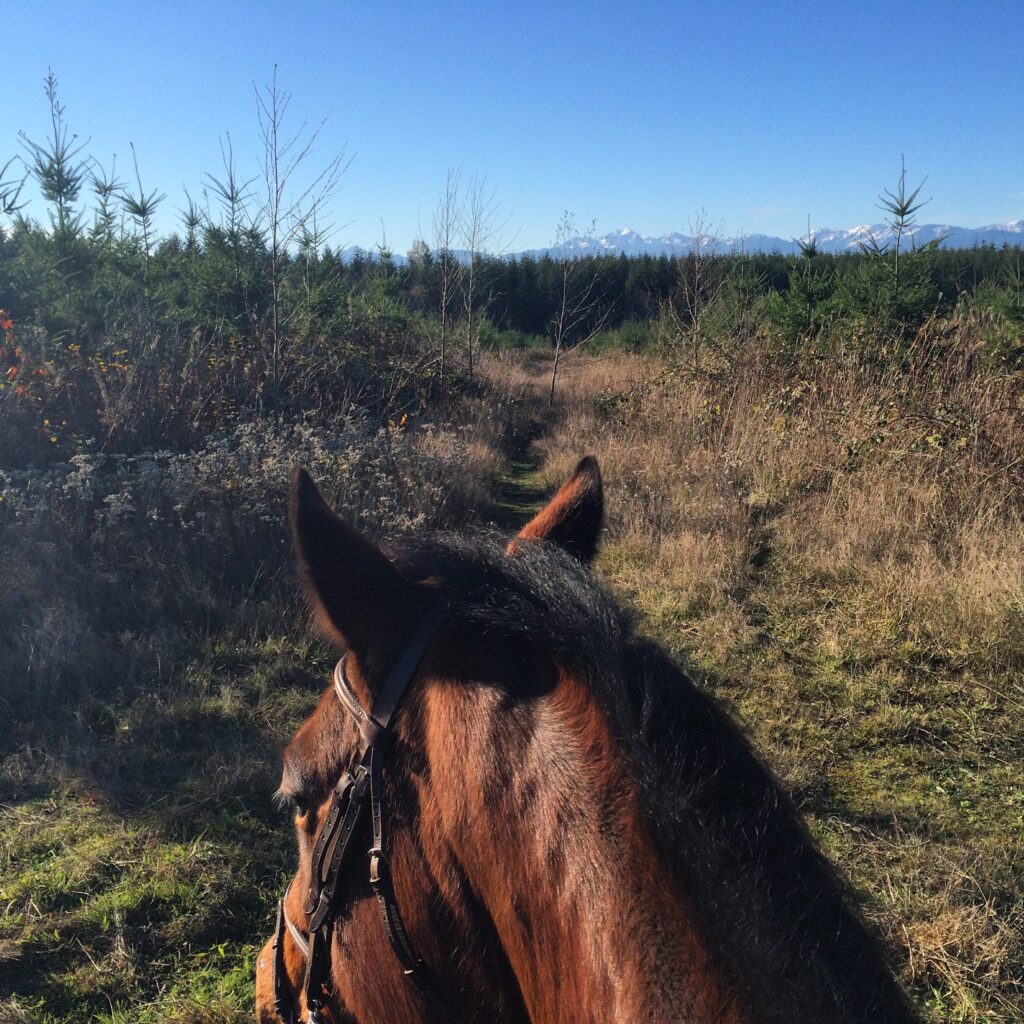
Horse vision is different than our own. This becomes clear when a horse will not, under any circumstance, step into a puddle. They do not know how deep it is, and though I’ve never seen The NeverEnding Story, I have seen references to the horse in the bog scene. Just knowing that scene exists fills me with trauma. If a horse’s legs become compromised, he is vulnerable to certain death. You, the person, know the puddle is two inches deep. The horse doesn’t. He cannot see past the reflection to understand it’s a puddle. It could be a deep bog into which he’ll fall, get stuck, and be picked off by a lion. A horse not wanting to go through a puddle is as simple as that. He’s not being naughty, he doesn’t understand it’s a puddle! So once again, it’s up to you, the human, to gain his trust and show him it’s okay. This is not done by beating the horse through the puddle, by the way, though there are shit riders who do such a thing and then wonder why their horses don’t trust them. Mystery, that. Great mystery.
Number five: TIME OUT OF THE SADDLE IS NOT WASTED TIME
I could deliver a whole TedTalk on the importance of building a relationship with a horse outside of riding. This is more than just offering treats. One of my horses, Ransom, is what I call “an expensive date.” He needs to be wooed. Courted. He wants to know you care. He must be wined. He must be dined. It does not do me well at all to go out there and only tack up and ride. He needs so much more from me and he reminds me of that every time I work with him. He is deeply emotional and immature to boot. While some horses will tolerate you just getting on, riding, and getting off, Ransom will not. He will do it but he will resent me and plot my demise in the darkness of night.
If, however, I spend quality time with him, if i listen to his stories without trying to solve his problems, he will give me so much more.
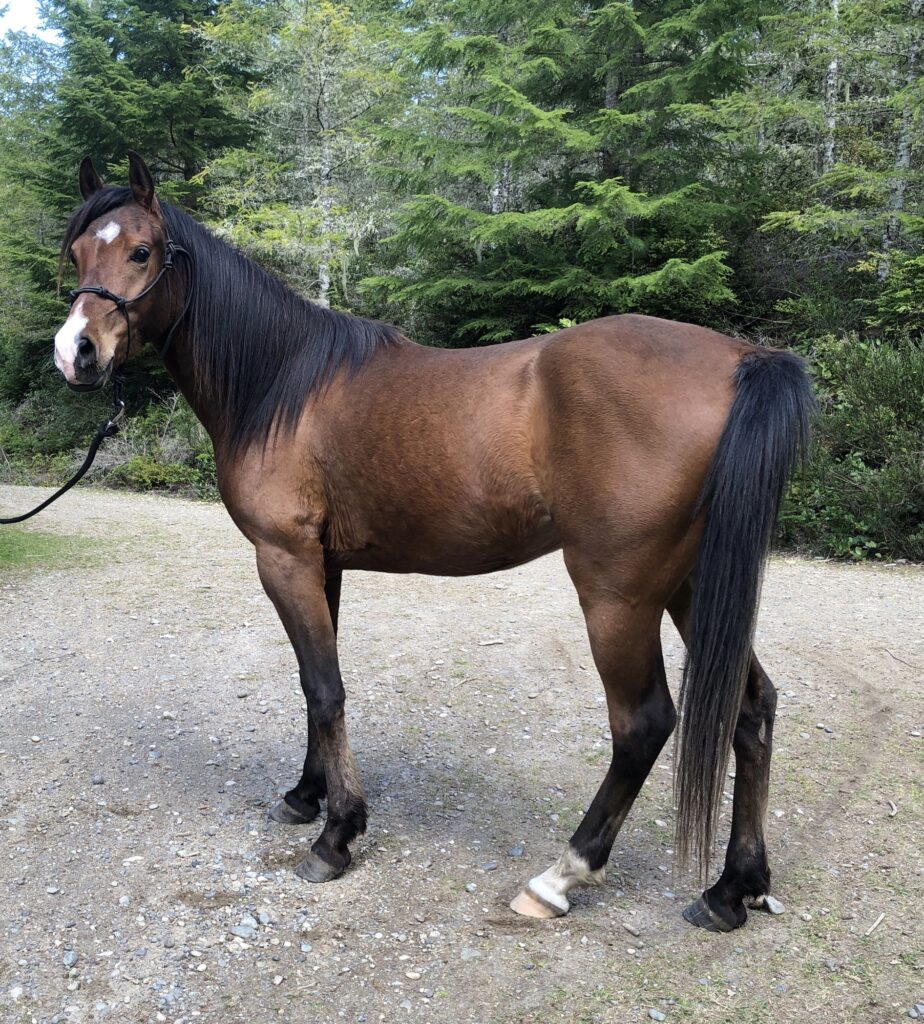
New to horse people should do the same. Spend time around horses. Watch them. Interact with them. Simply be around them without expectations.
I, for one, will make it a weekly habit to take Ransom on long, romantic walks through the trails.
There are always more than five things…
I’ll be done learning from my horses when I am done with horses. When I’m too old, too broken, or too unable to remember my name or what a fork is for. There are never enough tips or tricks. Every horse has something to teach you. Learn from horses and learn from people who learn from horses. Be wary of trainers who lack patience, empathy, and resort to hardware to solve their horse problems.
Use your bigger brain, show kindness, and have fun.
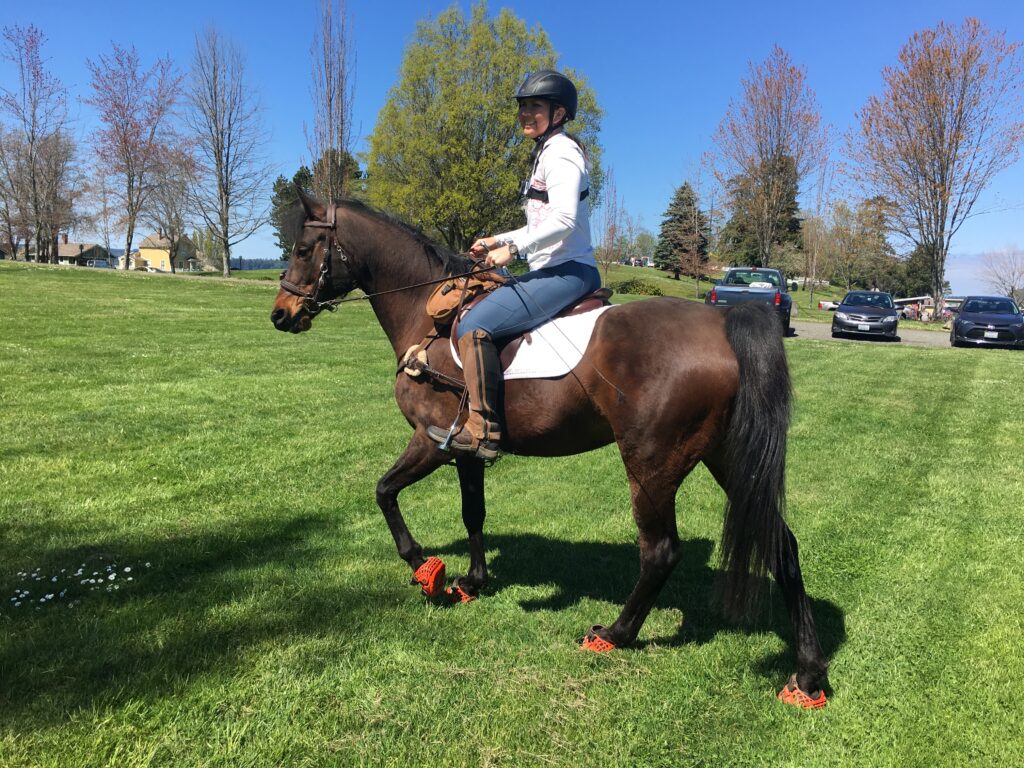
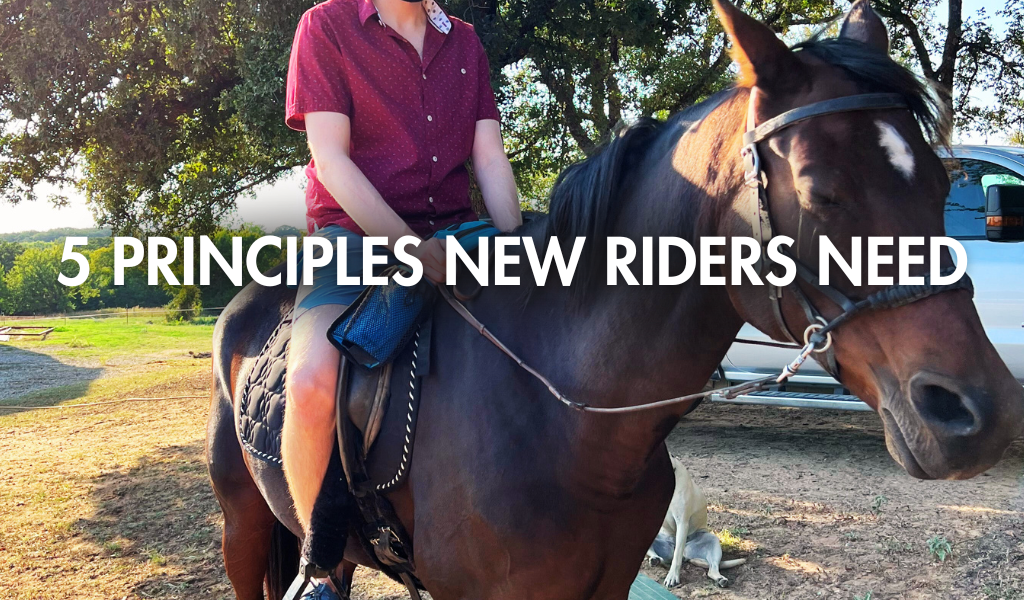
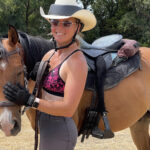
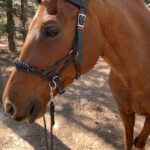
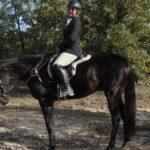
Humility as #1 is very fitting! Also owning your mistakes, which I got really good at while working the 911 calls with your Dad.
Happy Holidays! Just started digging into your blog. I’m a bit late to the party…